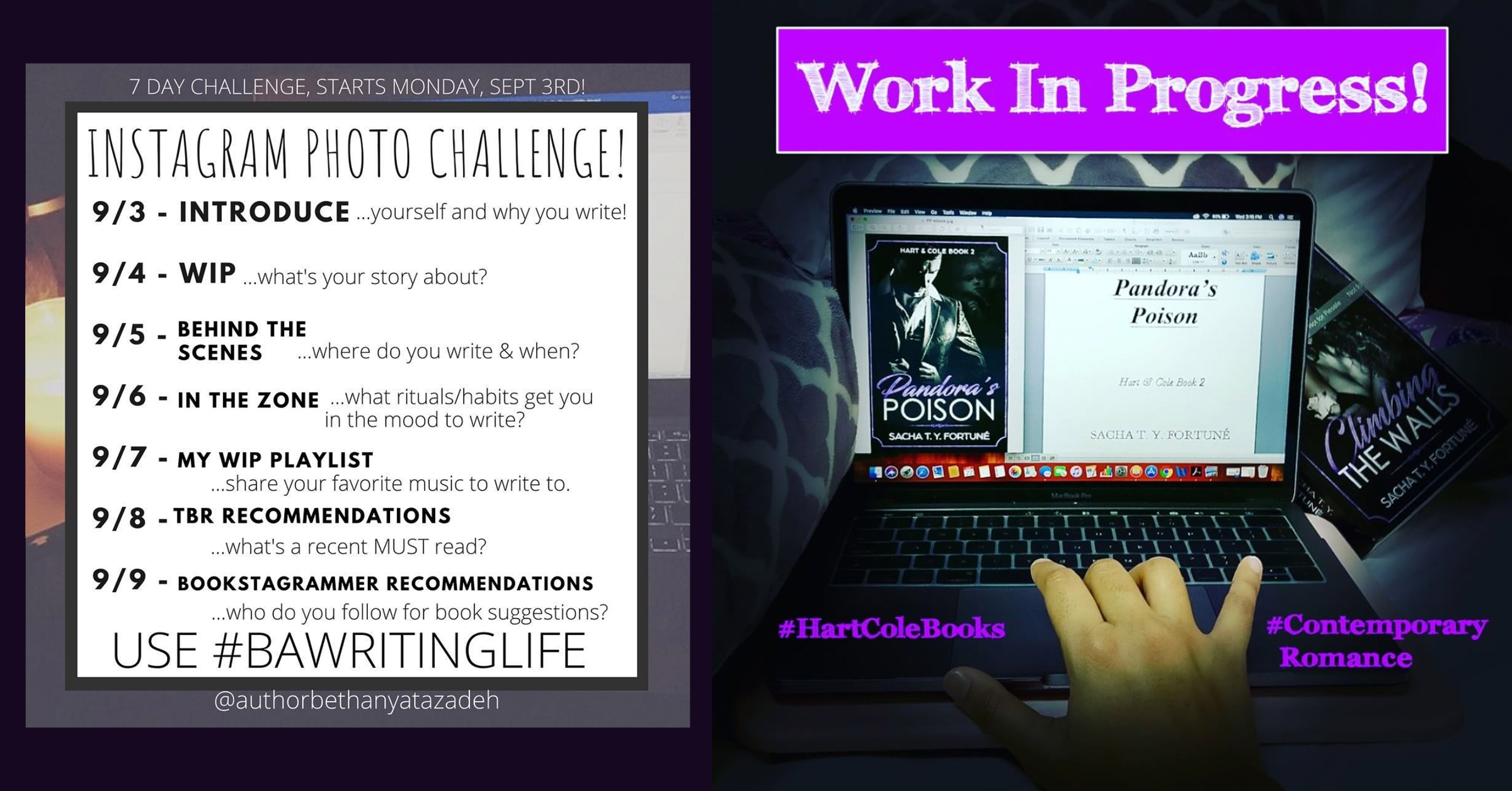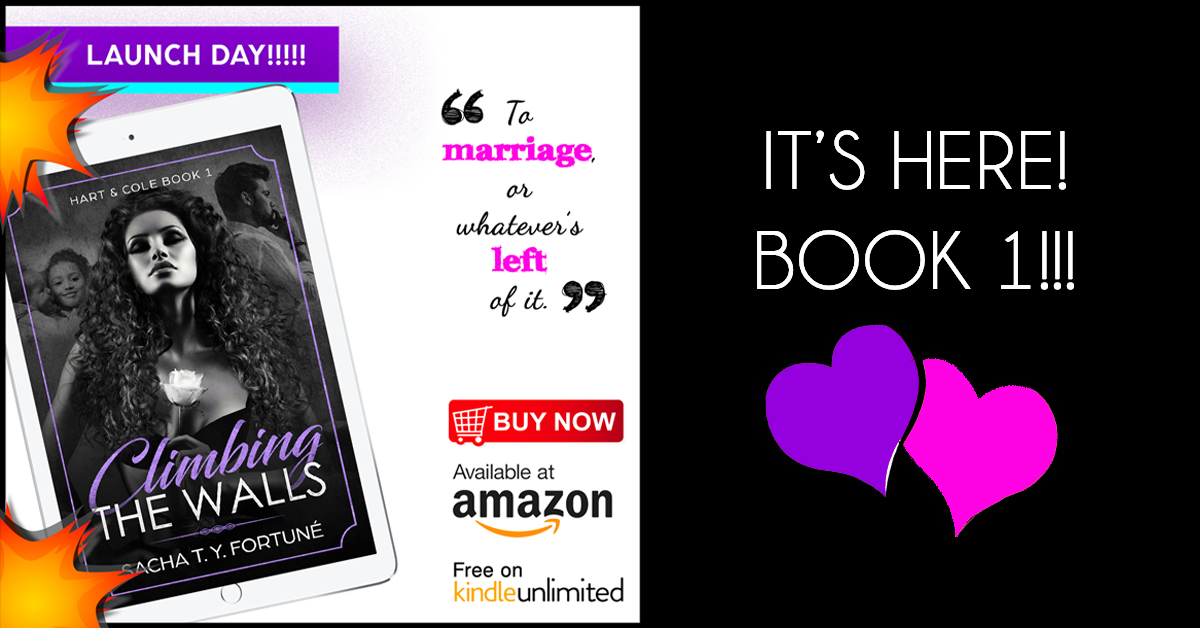Pantser vs. Plotter – The Tipping Point
“I am not typically a fan of first person viewpoint writing but for this book, it works very well. The author managed to create two individual people within the story and tell a first person view from each of them and they did not get lost in each other, nor did one overpower the other.” (Red – see full review here.)
This is perhaps one of the best compliments I’ve gotten so far on my debut published novel Climbing The Walls (Hart & Cole Book 1) – one I didn’t even think of, when writing.
Because, of COURSE my characters don’t get lost in each other – to me, they never will; they never can. They are each so individual, so unique, to me… so I’m thrilled my readers are also able to GET that.
Because here’s the thing:
Kris and Nicole – they’re both fully (and individually!) formed in my head. I’ve only just barely edited them.
Plotter vs. Pantser
In writers’ circles you have to be one or the other – either you have a plan and you outline everything, or you just write and see where it takes you. So, which am I?
I revealed my own secret through the character of Nicole, a part-time writer:
That’s rule number one about writing a novel. Never tell your agent, publisher, husband, or anyone even remotely involved with your book that you don’t know jack shit about what your book’s gonna be like.
Have faith that if you start somewhere, one night the words will grip you and you’ll be typing like a possessed creature and you’ll fall asleep slumped over the computer and wake up in the morning to discover what you’ve written.
It’s rare that ideas are going to come if you sit calmly day after day in front the machine with slotted times to work on the book. It’s whenever you’re haunted, whenever you want to get away from your own life, whenever you’re possessed. That’s when the inspiration hits. That’s when you grin on the inside and think, JACKPOT.
Writing’s a lot like sex –– when you’re not getting any it can be the worst thing in the world, but then when it comes and it’s good it’s great and worth all the nights you weren’t getting any.
Yep, that was my cheeky nod to the writing process.
If you’ve got a keen eye for detail, you’d have noticed that Nicole’s writer’s block happens on Chapter 6 of her novel (and it happens in Chapter 6 of mine!).
“Chapter 6”
In law, in business, “Chapter 11” connotes bankruptcy. For me, Chapter 6 is the tipping point – just past the halfway mark between throwing in the towel and deciding to make it work.
Kris and Nicole have been married for 6 years before all hell breaks loose – beginning with the aftermath of their nasty fight that opens Chapter 1.
6 is the magic number here.
Chapter 6 of Nicole’s novel is the point when she decides to scrap everything and start over. It was also my point when the story fully took hold – when Nicole grabbed ahold of me and didn’t let go.
Hopefully Chapter 6 of their marriage is Nicole’s and Kris’ turning point, as well. God, I hope so. I hope I ended on a positive note, despite the journey getting there, despite the journey Nicole took me on.
Yes… Nicole. Sure Kris, was there too, but he was along for the ride.
Nicole was the one that pushed me, scrabbling at my brain and speeding those possessed fingers over the keyboard in the wee hours of the morning.
You see, Nicole is NOT necessarily a protagonist. You’re not supposed to love her.
Yes, I had trouble connecting with her at first. (And readers have said the same.) Everyone loves Kris – he’s easy to love.
He’s railing against himself to fight off the forces struggling to bury him… and he succeeds for a moment, only to plunge right afterward – self-destructing, seeking salvation, and susceptible; for the first time: susceptible.
But even in his darkest, weakest moment when he ultimately completely sh*ts the bed, you still feel sorry for him; you feel disappointed, sure, but you still feel compassion.
Nicole… not so much.
Zero to a Hundred
…But from Chapter 6, she was under my skin. She scraps her novel, and starts writing a story based on a memory of her childhood – and that’s when she became fully real to me.
The memory is about sex, which has always been easy for her to give away. Sex is easy. Everything else is the problem.
But you don’t – you can’t – “become” Nicole overnight… so how did she get there?
Where does she come from; what does she come from; who does she come from?
How does a girl turn into this monster bitch that can’t stop herself from making the wrong decisions?
How does a girl turn into a woman that goes from zero to a hundred – lashing out, vicious sexual seduction, profound intimacy – in a split second?
She’s scraped a piece of herself into everything she’s written. She’s all over the place. She was broken from the jump. That’s how.
She’s NOT a protagonist. Hell, I hated her, half the time. But that didn’t mean I had permission to stop telling her story. She wouldn’t let me stop telling it.
I’m working on Book 4 now, and I’m not even remotely done with her yet.
She’s already had her moments with Darren – coming up in Book 2 & Book 3 [and OH MY GOD, I LOVE WRITING SCENES FOR THOSE TWO!…] and still, for the life of me… I can’t stop.
She’s flowing out of me, this mongrel-mulatto journalist/writer b*tch.
I’m a pantser, oh baby I’m such a pantser, but only because she’s already been hard at work, plotting.
She’s eating me alive… she’s devouring all the other imaginary friends in my head, pushing ahead of everyone else to stamp her way through everything.
…And for the life of me… for the life of Nicole, God help me… I can’t stop.
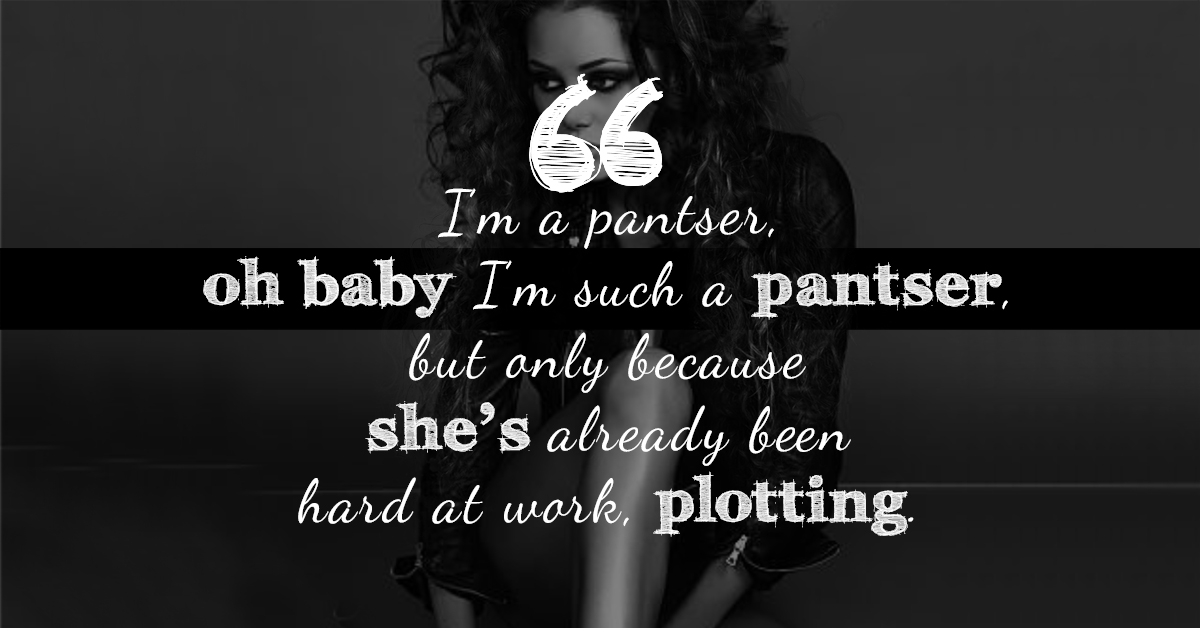
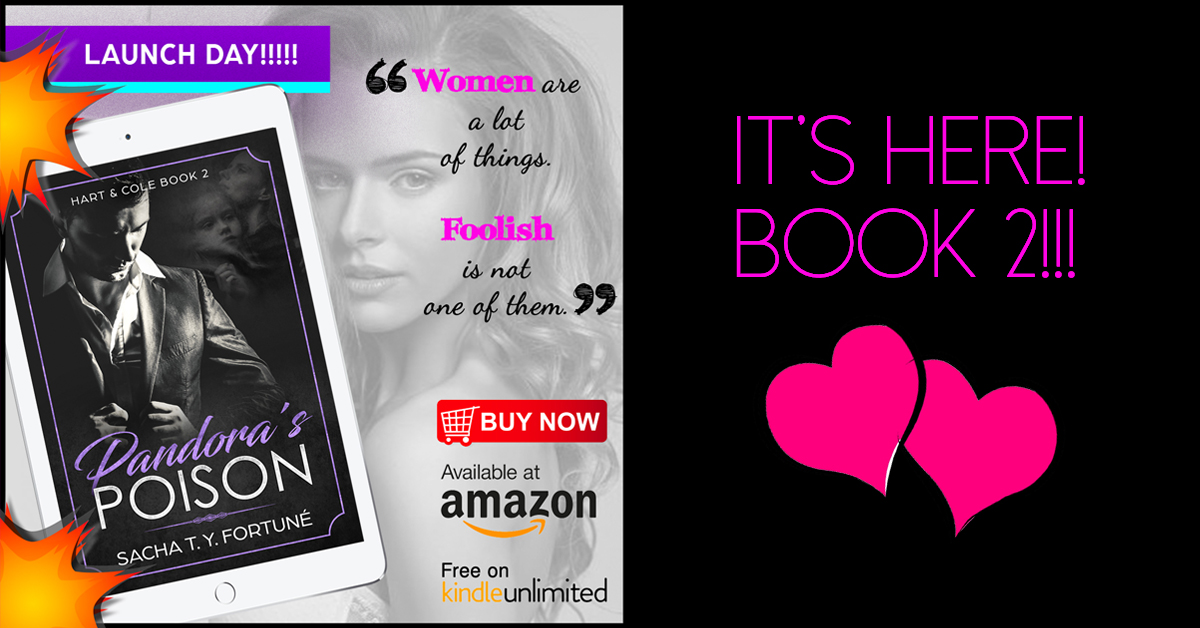
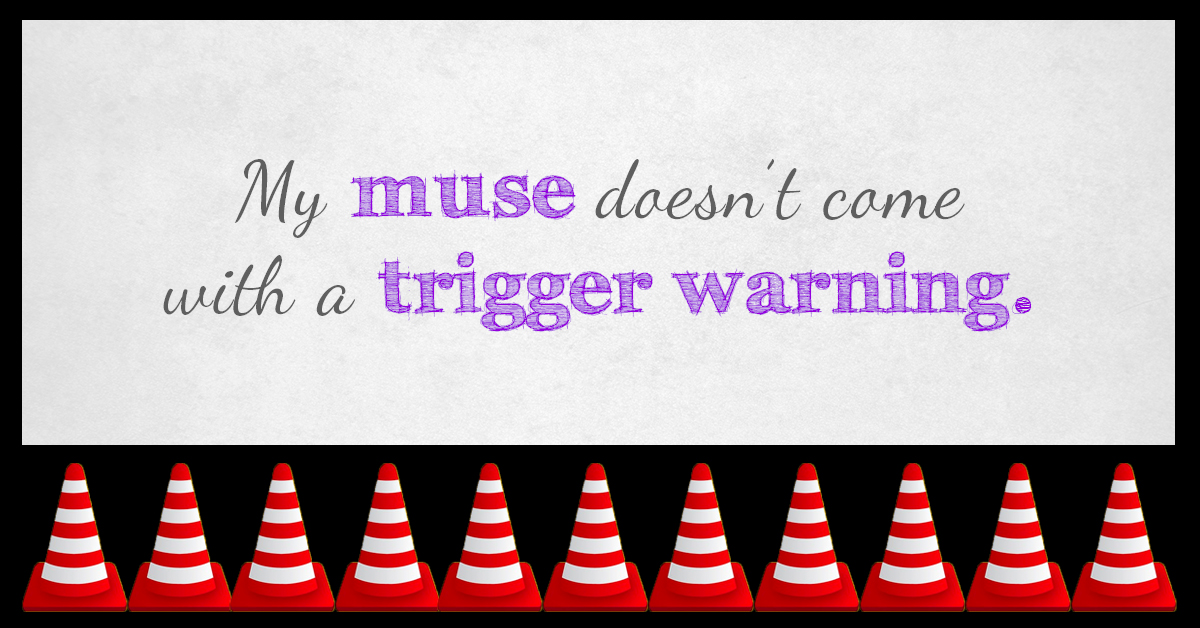

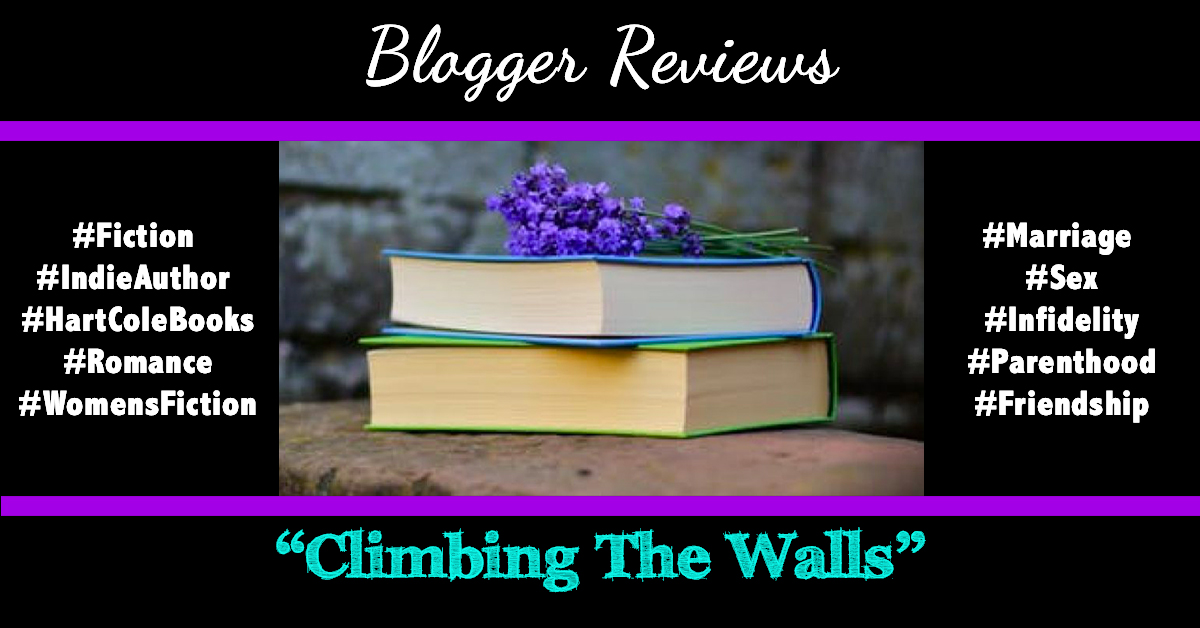

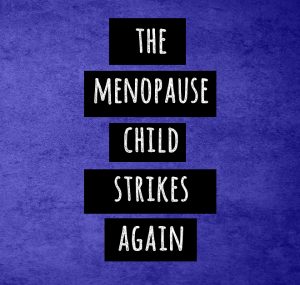
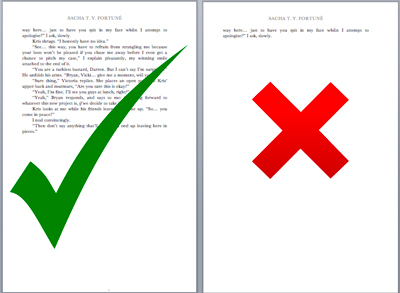
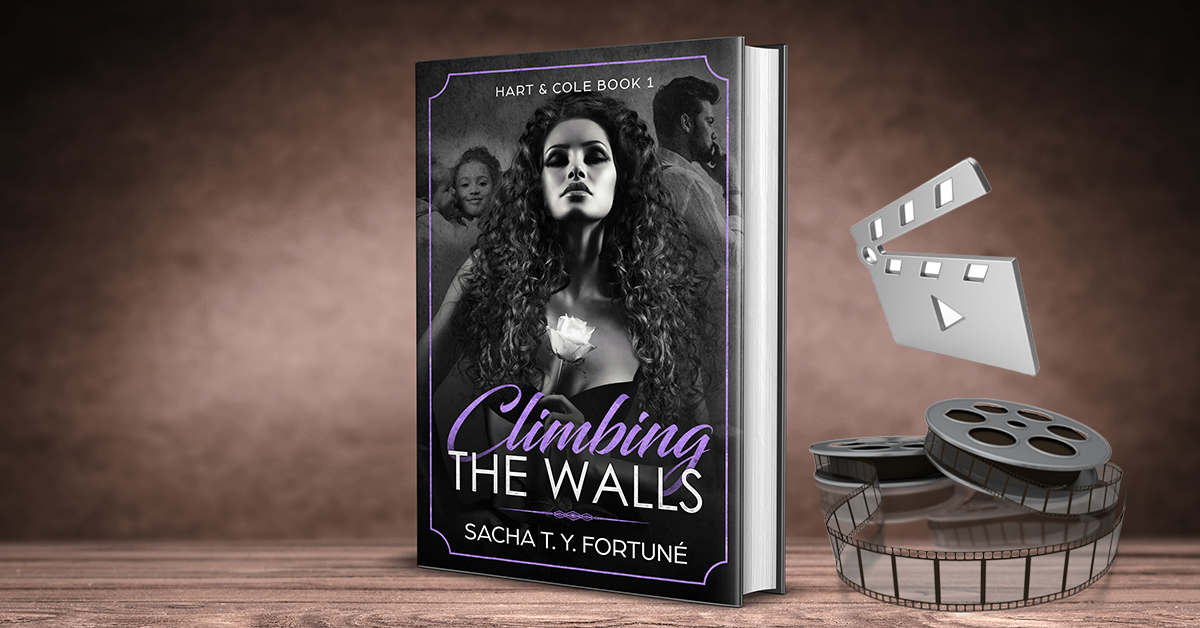
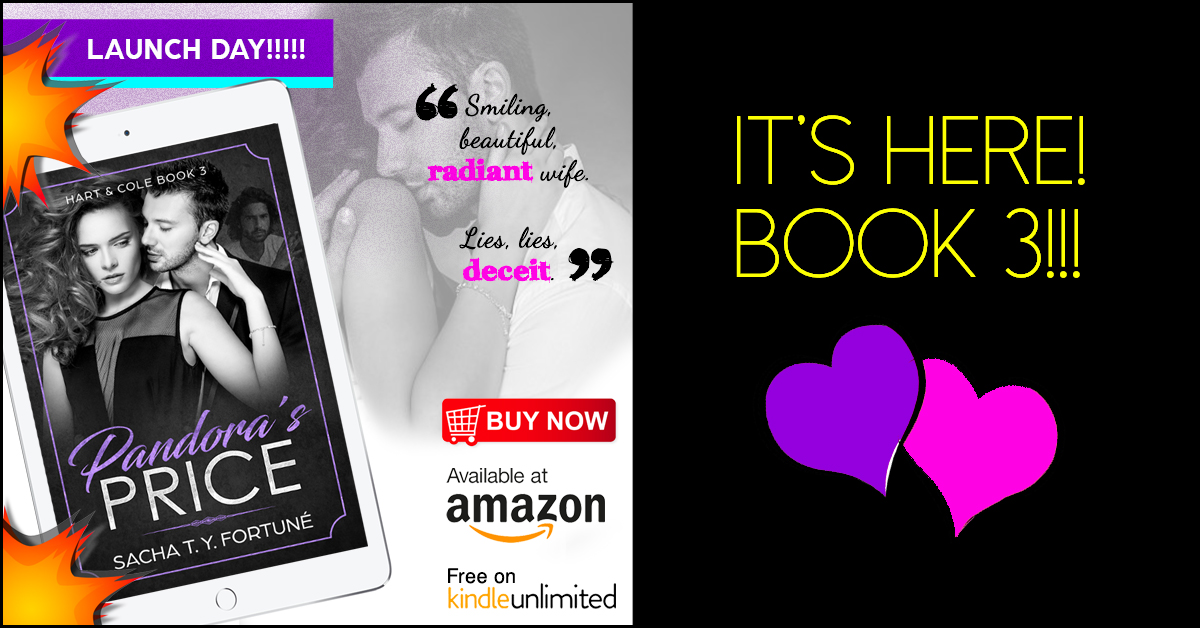
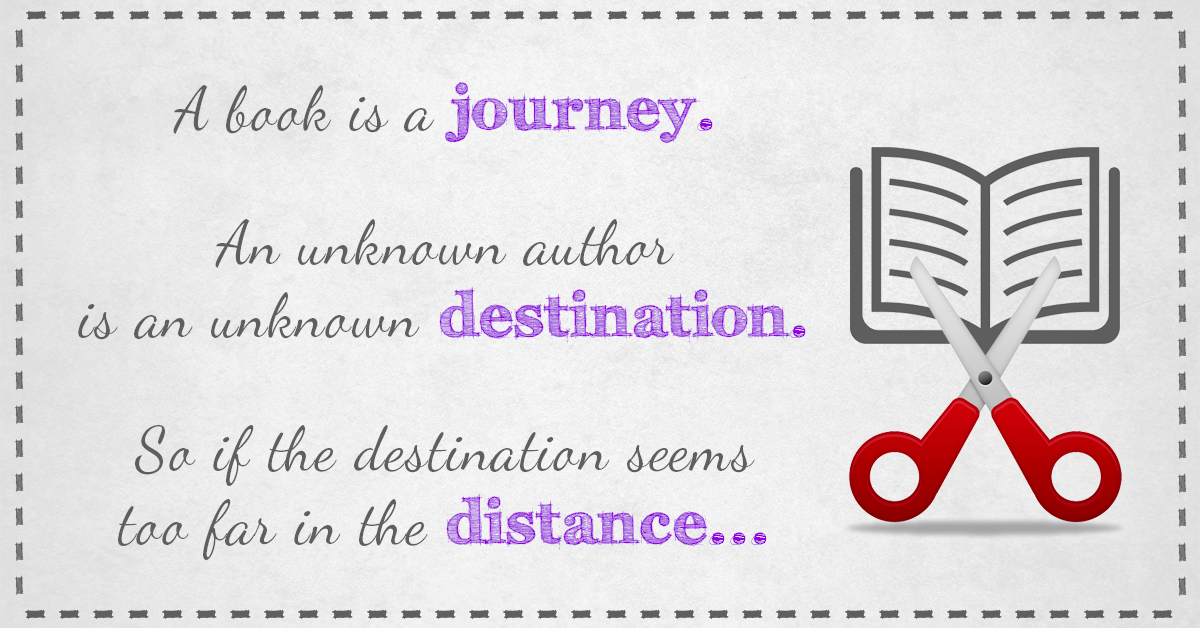
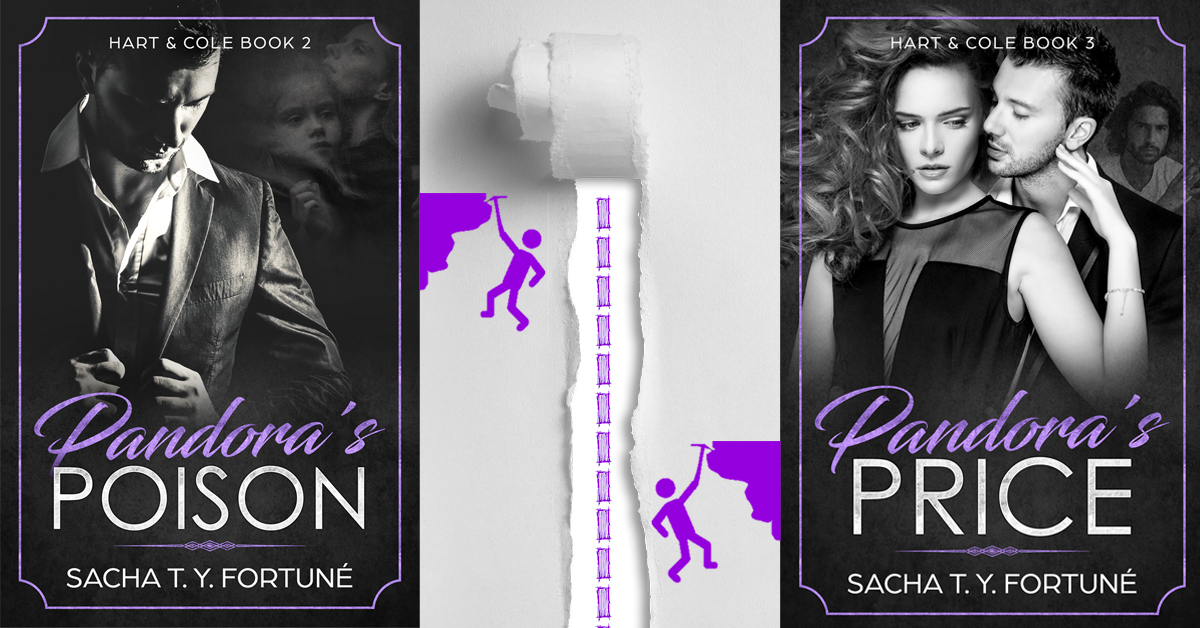
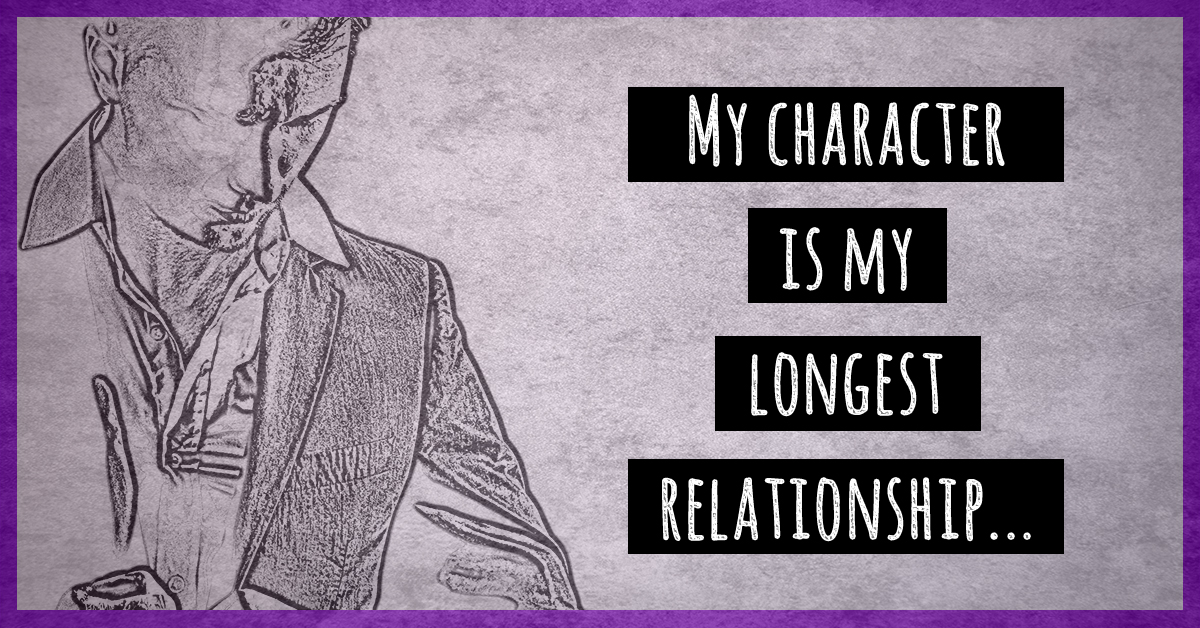
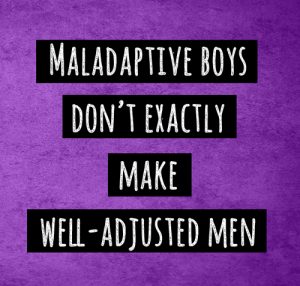 I don’t want to give away spoilers — particularly when I’m not entirely sure when
I don’t want to give away spoilers — particularly when I’m not entirely sure when 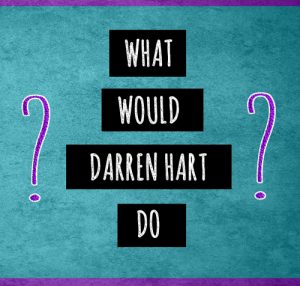
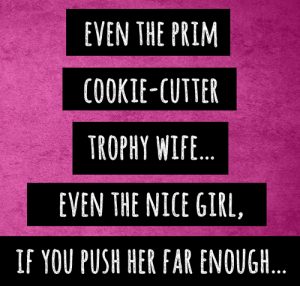 I began with the premise, and I used the premise to help with the foreshadowing of events to come.
I began with the premise, and I used the premise to help with the foreshadowing of events to come.

